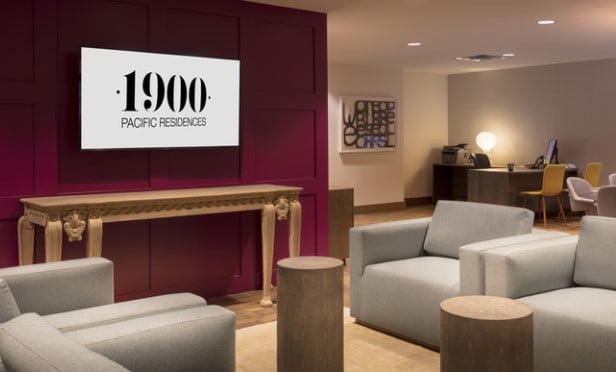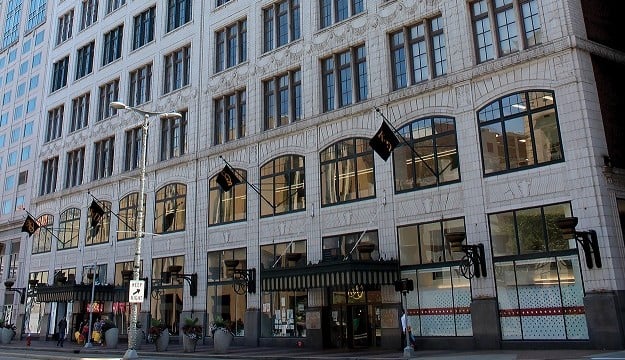WASHINGTON, DC-Last year foreign investors accounted for 58.1% of single-asset deals in the District according to Jones Lang LaSalle. It is a significant jump from the previous year, which also experienced a good-sized uptick in foreign investment. In 2012 foreign buyers accounted for 30.7% of DC commercial asset sales. Historically that figure is around 18.3%.
One could assume from this trajectory that foreign investors can't get enough of DC for their portfolios. Yet the JLL figures follow a separate report released by the Association of Foreign Investors in Real Estate this week, which appeared to reach the seemingly opposite conclusion--that DC's flaws are becoming ever more apparent to this crowd as the appeal of secondary markets beckons. AFIRE reported that that DC—traditionally a gateway city of high-repute—completely fell off the top five global cities list.
It must be pointed out that these reports are looking at two different things. The AFIRE survey measures what investors think they will do in the coming year, while JLL is taking a backwards look at what happened in 2013.
But, AFIRE's 2012 survey also showed DC slipping in foreign investors' eyes. And as JLL noted, they went on to record levels of assets.
But that doesn't mean foreign investors have written off DC in the long term.
"What we specifically asked them was 'what is your best assessment at the moment of commercial real estate,'" James A. Fetgatter, CEO of AFIRE, tells GlobeSt.com. "Investors could easily think DC has troubles now but in the long term its assets are solid."
The two surveys may be perplexing to the casual observer, agreed Bill Prutting Jr., JLL's managing director, Capital Markets. Many nuanced factors, however, can explain the discrepancy, he tells GlobeSt.com.
New sources of foreign capital are going global, especially from the Middle East and Asia. These investors are following the more established foreign investors' playbook for US real estate--that is, invest in the established gateway cities, such as Washington DC. As an example, last year Fosterlane/Kuwait Investment Authority acquired 1200 19th St., NW for $296 million.
Prutting also pointed out that the AFIRE survey tends to focus on traditional foreign investors, who are now moving out further afield in search of better yield.
Different investment motivations. Foreign investors, especially the new wave of funds, are seeking geographic diversity while still delivering returns with which they are comfortable. "Washington matches well relative to returns they are achieving in their own country," Prutting says, which are around 3% to 5%.
A buy and hold mentality. DC might look bad now but in 15 years? It could easily have remade itself. "These investors want to buy before that upswing begins," Prutting says.
Tradition. Washington has done well for foreign investors and they know that. These funds, especially the new ones must ask themselves, "'how can I not put some of my capital in a market where foreign capital has always been rewarded,'" Prutting says.
© Touchpoint Markets, All Rights Reserved. Request academic re-use from www.copyright.com. All other uses, submit a request to [email protected]. For more inforrmation visit Asset & Logo Licensing.







